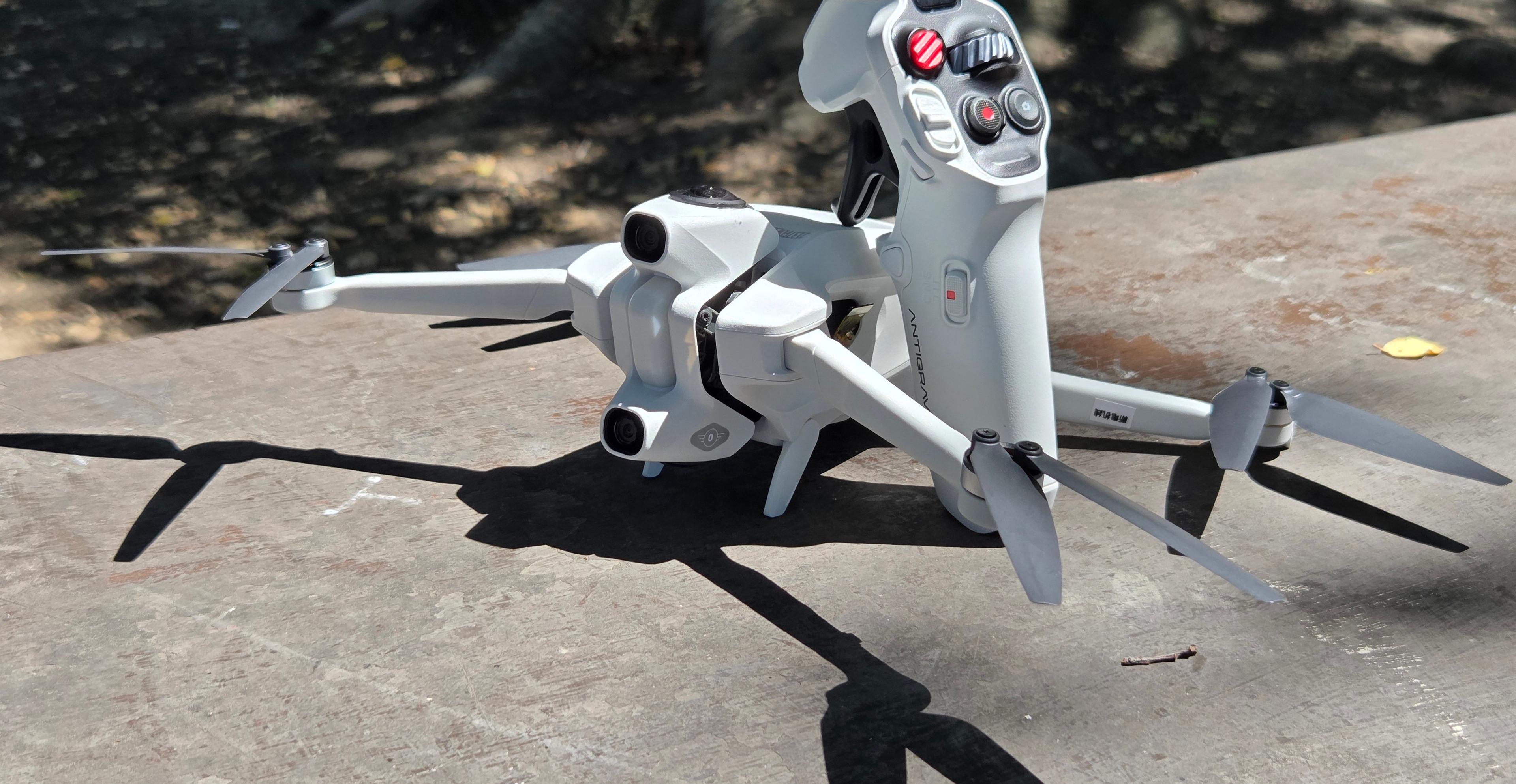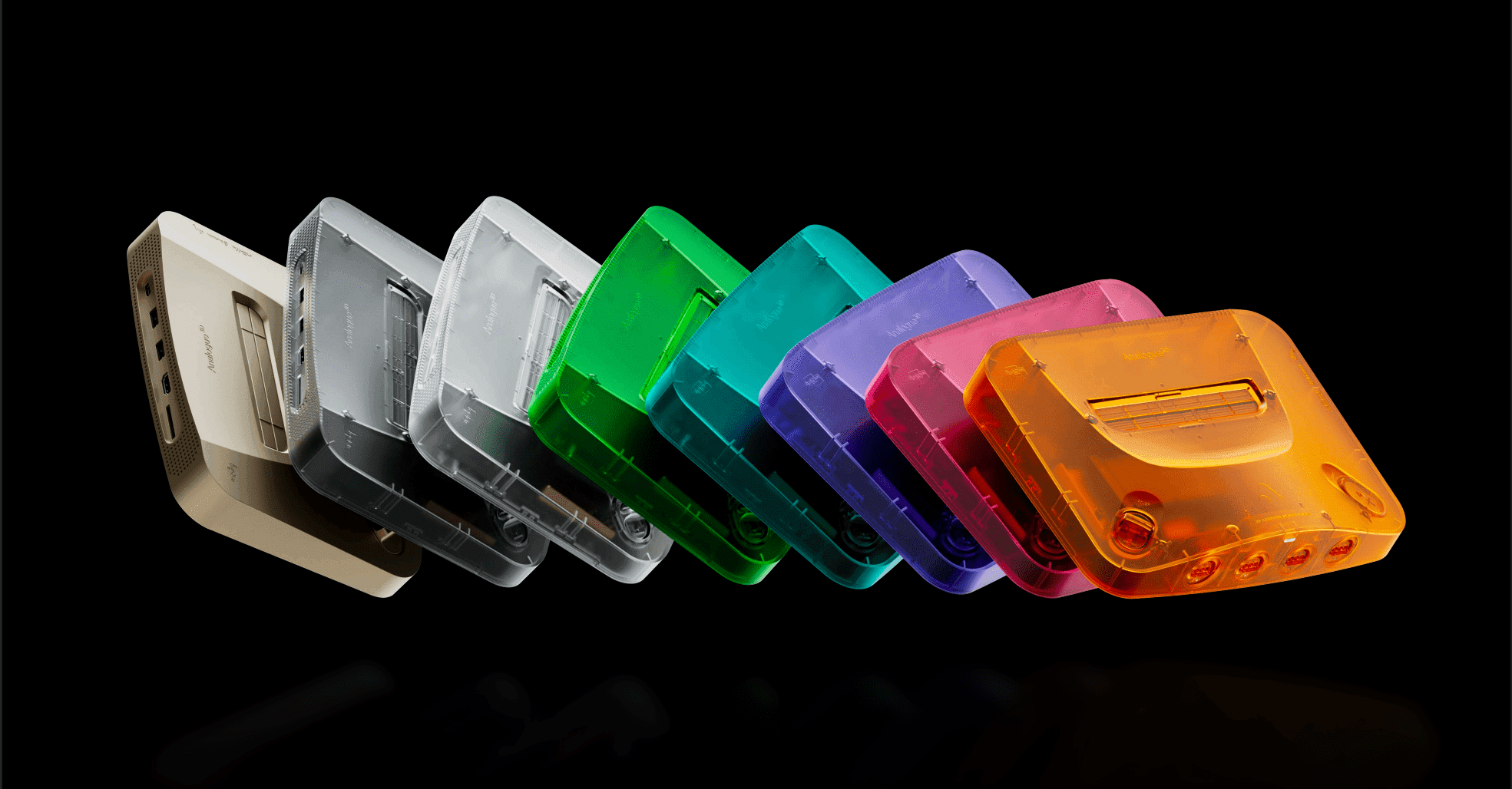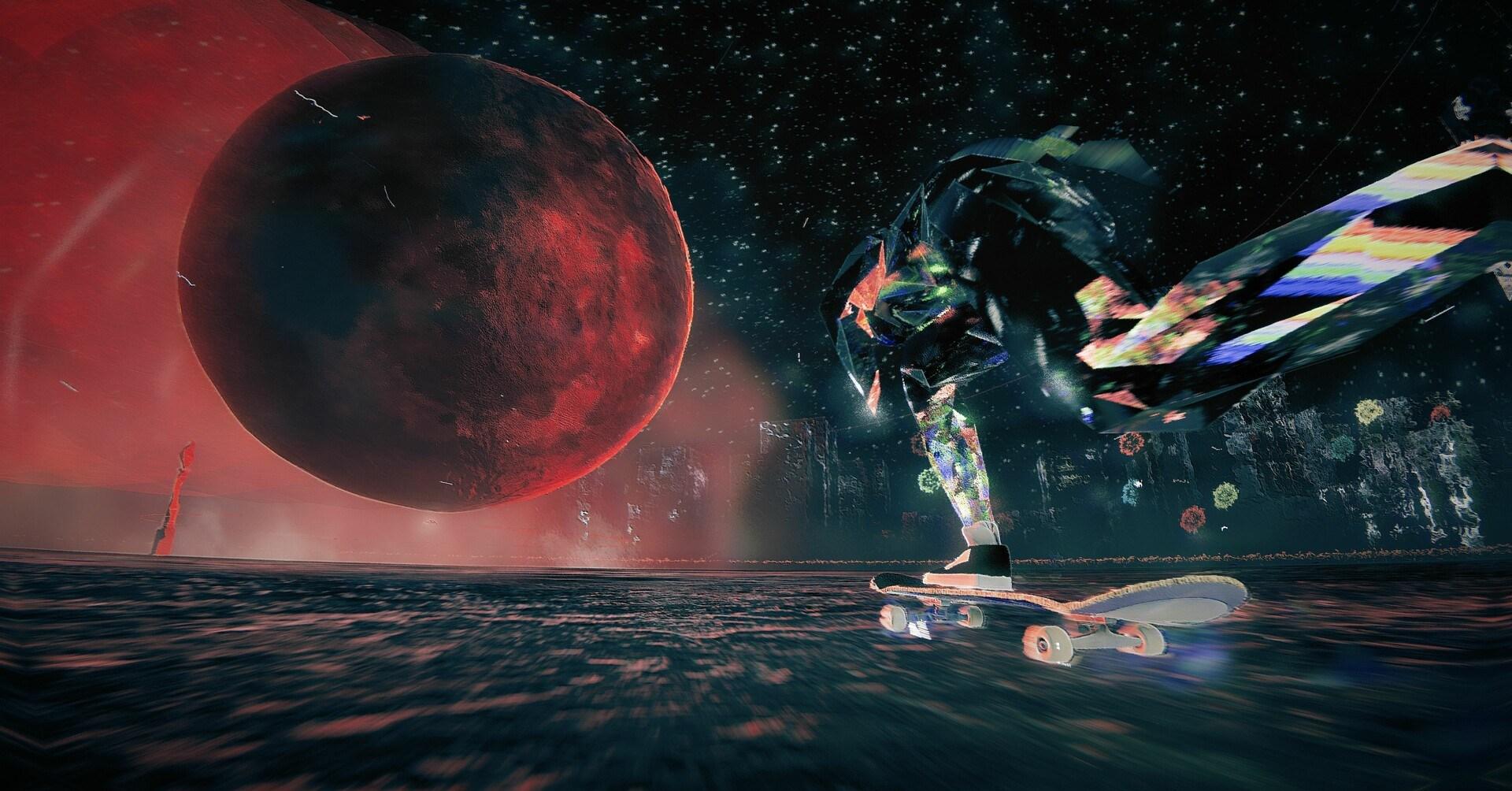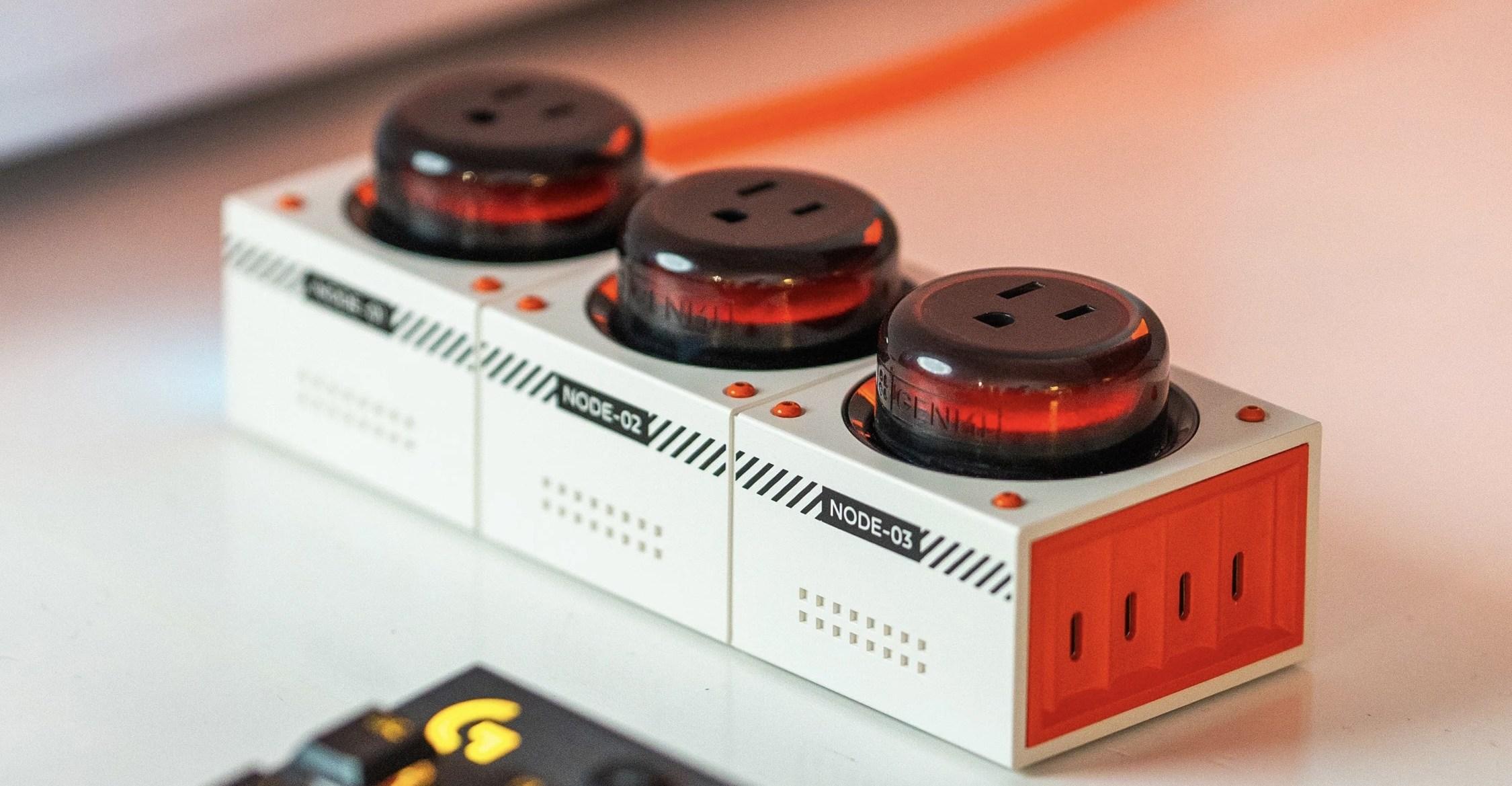I hate to be the bearer of bad-for-the-waistline news, but yes — you can now buy a 3D printer that prints chocolate. The Cocoa Press has been in development for an entire decade. Now, it’s finally here, and I’m pretty sure it’s singlehandedly responsible for one of the pounds I put on over Christmas.
- Home
- Technology
- News
I printed chocolate on a 3D printer and ate it
The Cocoa Press is a 3D printer that prints chocolate. It costs $1,499 as a DIY kit, and $3,995 prebuilt. It’s shipping now.


At least it’s not cheap or easy enough to tempt most people yet.
This holiday season, I took delivery of a $3,995 prebuilt printer — you can DIY it for $1,750 or less — and thirty sticks of perfect-fit chocolate with which to fulfill my delicious aims.
I attached the printer’s screen, went through setup, popped a dark chocolate “cocoa core” into a cartridge, added a washable plunger cap, preheated the chocolate for 30 minutes, hit start annnnnd... promptly watched the nozzle attempt to eat its silicone baking mat.
I’m not sure if it was the Z-height, or that the print head got knocked a little loose in shipping, but after I adjusted both things, I tried again and got this incredible 3D-printed rose:
Just look at that flower. Look at the ridges. All that surface area melting on your tongue? I can attest it was scrumptious, velvety, and delightful. It took nearly an entire stick of chocolate for this one print, yet it was gone like two minutes later.
The single best part about 3D-printing chocolate is the incredible textures you can make. 3D-printed gyroid infill? I can’t get enough. (You can see a few examples of that infill in my video atop this story.)
And yes, the dark chocolate really does taste like chocolate, despite using palm oil instead of cocoa butter for its fat, presumably for better flow. My wife’s a stickler for dark chocolate, and while it’s definitely not the best we’ve had, she was satisfied with the quality.
But I can’t say the same for the milk or white chocolate — they’re a bit waxy and reminded me of Candy Melts — and I never had a success quite like that first rose again. Because the worst part about 3D-printing chocolate is controlling the heat.
Chocolate is fundamentally finicky to print, and not just in traditional 3D printing ways. Cocoa Press lets you program the heat of its nozzle to a tenth of a degree, because fractions of a degree can be the difference between hot enough that it’s runny or too cold to squirt out of the nozzle to begin with.
In my case, it sometimes took hours for the printer’s 65-gram chocolate syringe to reach a uniform temperature. Cocoa Press founder Ellie Weinstein says this was due to a defect in one of my heaters — and will replace the entire cartridge and heater assembly “for anyone who asks” — but heating can also depend on the chocolate itself. Dark almost worked with Cocoa Press’s preset; milk wasn’t much harder, but white took me the better part of a day, adjusting up and down every half hour to find a temperature that flows.
But even when I got the chocolate flowing nicely, I quickly found out that you can’t print anything too small or too pointy without drastically slowing down your prints. The chocolate needs time to cool and solidify before the nozzle tries to print another warm layer on top.
It’s easy to see the point at which this Sierpinski pyramid started to ooze:
And there’s probably no point in printing a single calibration cube at all.
Optimally, I would have slowed these prints down at certain heights to give them time to cool — but right now that’s a manual task, not something Cocoa Press will automate for you.
Though single small objects aren’t all that advisable, I couldn’t print terribly large ones either, since the 65 grams in a single stick of chocolate isn’t a lot. Weighing in at 59.5 grams, that pyramid is approaching the limit of a single cartridge.
But you can print sheets of small objects, like these Mario stars I made:
Or, you can take advantage of vase mode, where a 3D printer prints in a single continuous spiral, to build up something tall yet hollow. The rose is a vase mode print, and so is the bottom part of this mock coffee cup — which I printed in white chocolate for the “cup” and milk chocolate for the “lid” on top!
Or, you could theoretically swap in a new cocoa core after the first one runs out for a longer print... but again, it’s not automated. You’d have to program it to stop at the right point, or watch it manually and pause it prematurely when it’s running low. Even then, you’d have to wait for the second cocoa core to preheat before you resume the print.
I tried the swap three times. Once, I missed the timing, and the printer ran out and just kept printing air. Once, it seemed like it was going to print seamlessly, but the print mysteriously failed later. And once, I tried to switch from dark chocolate to white chocolate, but the chocolate seized inside the nozzle and refused to come out.
In practice, I found it far easier to simply print objects that would use up most of a stick in one go, then use the remainder to print a second partial object and just pop that directly into my mouth.
Despite my struggles, parts of the Cocoa Press feel pretty well thought out. I was impressed to see the printer is natively supported in the popular PrusaSlicer, that all the surfaces that touch chocolate are easily removable and washable, and that my unit even came with perfect-fit cleaning tools. The touchscreen UI is easy to use, with all sorts of enthusiast 3D printer tweaks available if you know what you’re doing. Andrew Sink at Tom’s Hardware, who knows what he’s doing, had a better time than me.
“You know what you’re doing” probably describes the audience for this printer anyhow, though. I can’t imagine a 3D printing newcomer having the patience to enjoy the Cocoa Press, even if they spent upwards of $3,995 for a prebuilt version and $49 per pack of 10 premade chocolate cores.
But I could definitely see some DIY enthusiasts spending the $1,499 for hardware, printing its plastic parts on their own existing 3D printer, spending the 10-15 hours to build it, and learning to craft their own chocolate cores, too — just because they could.
Photos by Sean Hollister / The Verge

The “Trump Gold Card,” briefly explained
- 15 hours ago
Cold, partly cloudy weather expected over most parts of country
- 3 hours ago
Chris DeMarco excited to take over Liberty when Warriors duties end
- 16 hours ago
PM Shehbaz emphasises to resolve disputes peacefully through dialogue, diplomacy
- 3 hours ago
Pakistan military court sentences ex-spy chief Faiz Hameed to 14 years in prison
- 4 hours ago

Want a new job? Be (sort of) annoying.
- 15 hours ago

The Supreme Court sounds surprisingly open to a case against a death sentence
- 6 hours ago

Gold prices jump in Pakistan, global markets
- 3 hours ago

ChatGPT can now use Adobe apps to edit your photos and PDFs for free
- 8 hours ago

Sony’s new PS5 DualSense controller might have way more battery life
- a day ago
Pakistan win Under-19 Women T20 series
- 2 hours ago
Japan lifts tsunami warning after 6.7-magnitude earthquake
- 2 hours ago

:format(webp)/cdn.vox-cdn.com/uploads/chorus_asset/file/25288623/cocoa_press_verge_sean_2.jpg)
:format(webp)/cdn.vox-cdn.com/uploads/chorus_asset/file/25288634/cocoa_press_verge_sean_3.jpg)
:format(webp)/cdn.vox-cdn.com/uploads/chorus_asset/file/25288792/cocoa_press_verge_sean_10.jpg)
:format(webp)/cdn.vox-cdn.com/uploads/chorus_asset/file/25288662/cocoa_press_verge_sean_4.jpg)
:format(webp)/cdn.vox-cdn.com/uploads/chorus_asset/file/25288678/cocoa_press_verge_sean_5.jpg)
:format(webp)/cdn.vox-cdn.com/uploads/chorus_asset/file/25288682/cocoa_press_verge_sean_6.jpg)
:format(webp)/cdn.vox-cdn.com/uploads/chorus_asset/file/25288685/cocoa_press_verge_sean_7.jpg)
:format(webp)/cdn.vox-cdn.com/uploads/chorus_asset/file/25288689/cocoa_press_verge_sean_8.jpg)
:format(webp)/cdn.vox-cdn.com/uploads/chorus_asset/file/25288768/cocoa_press_verge_sean_9.jpg)









